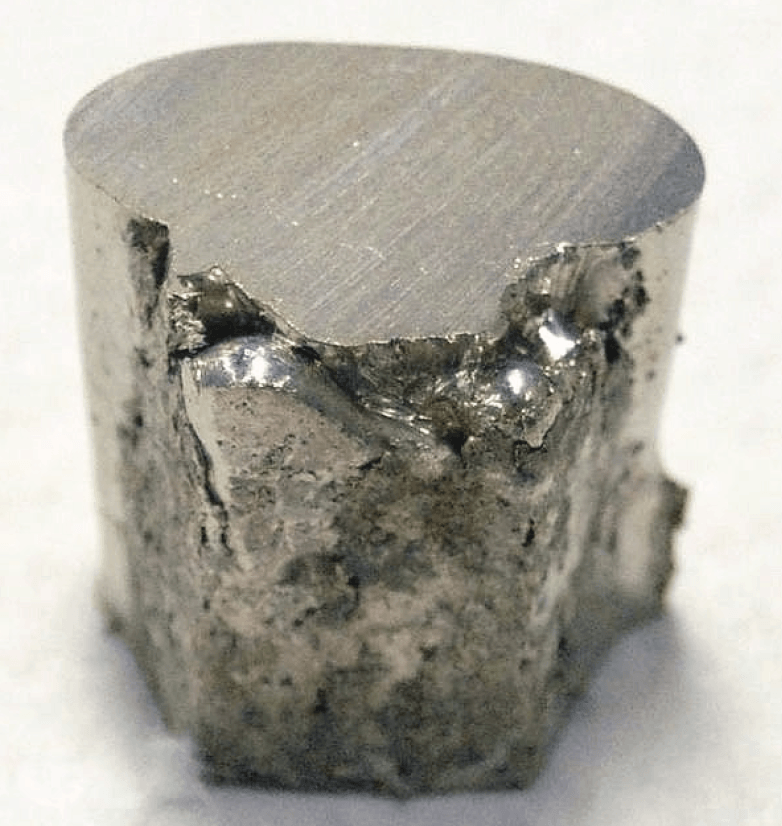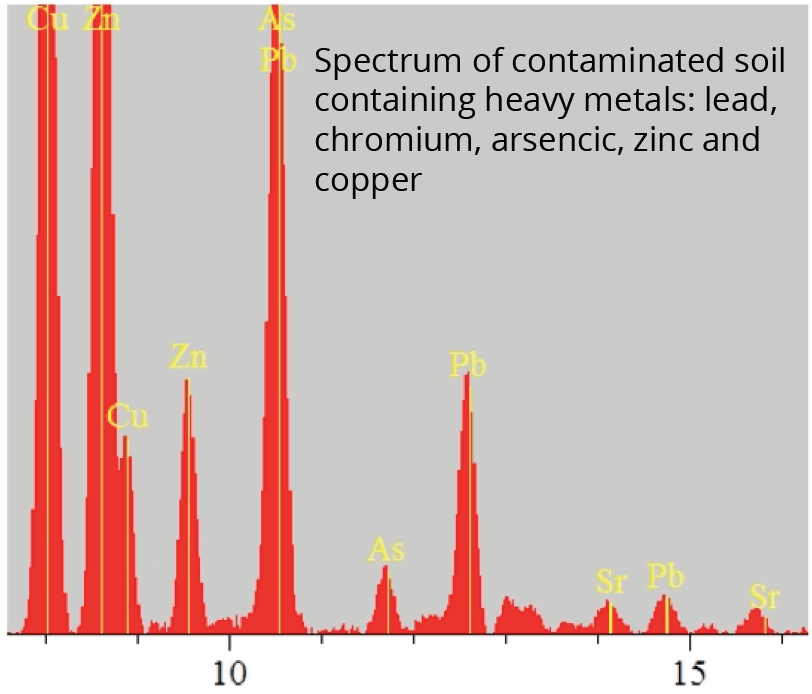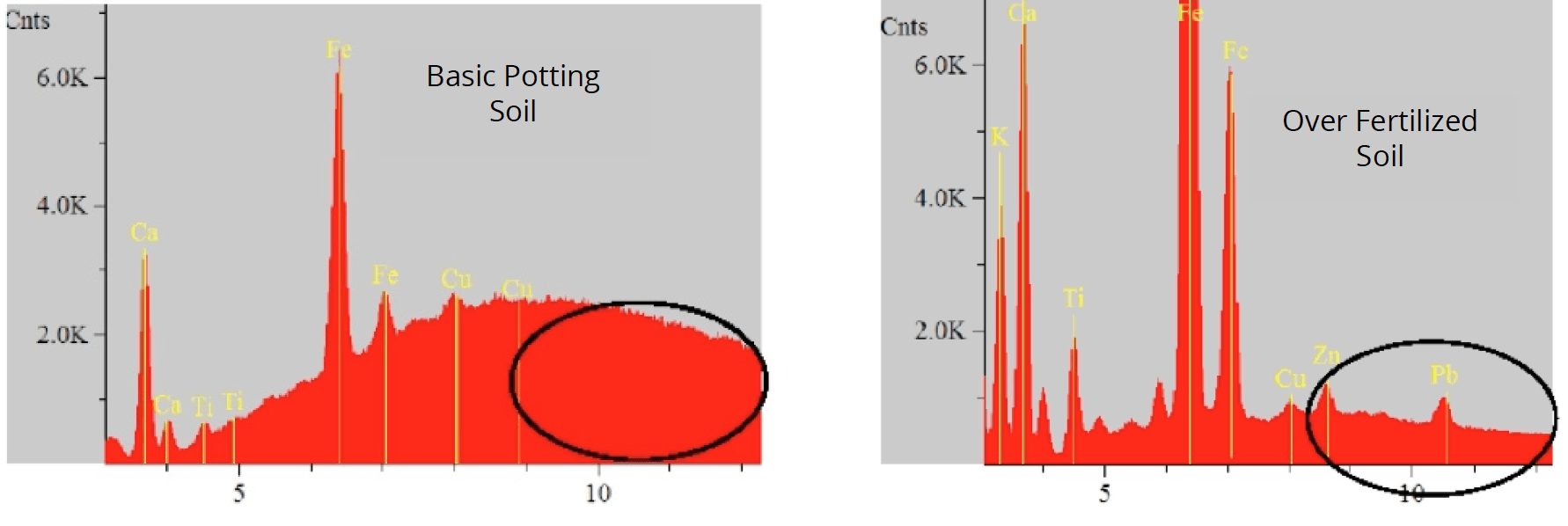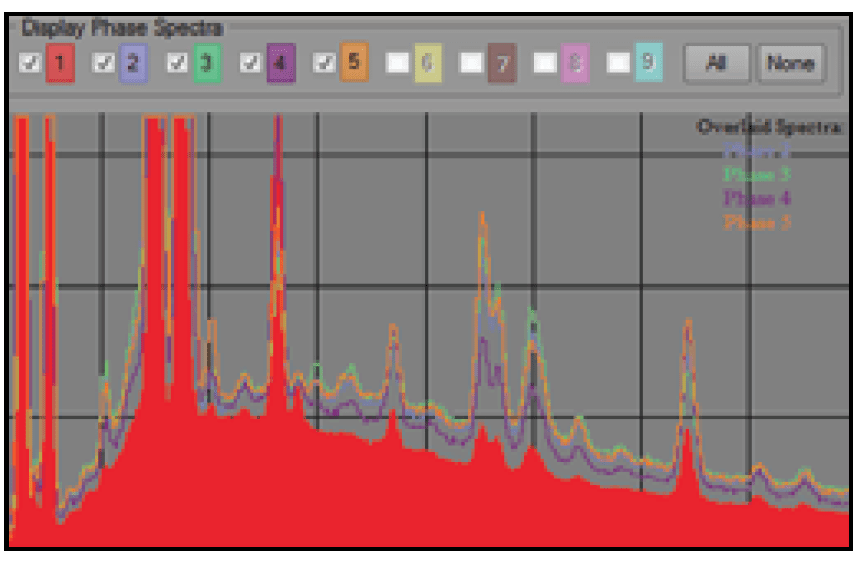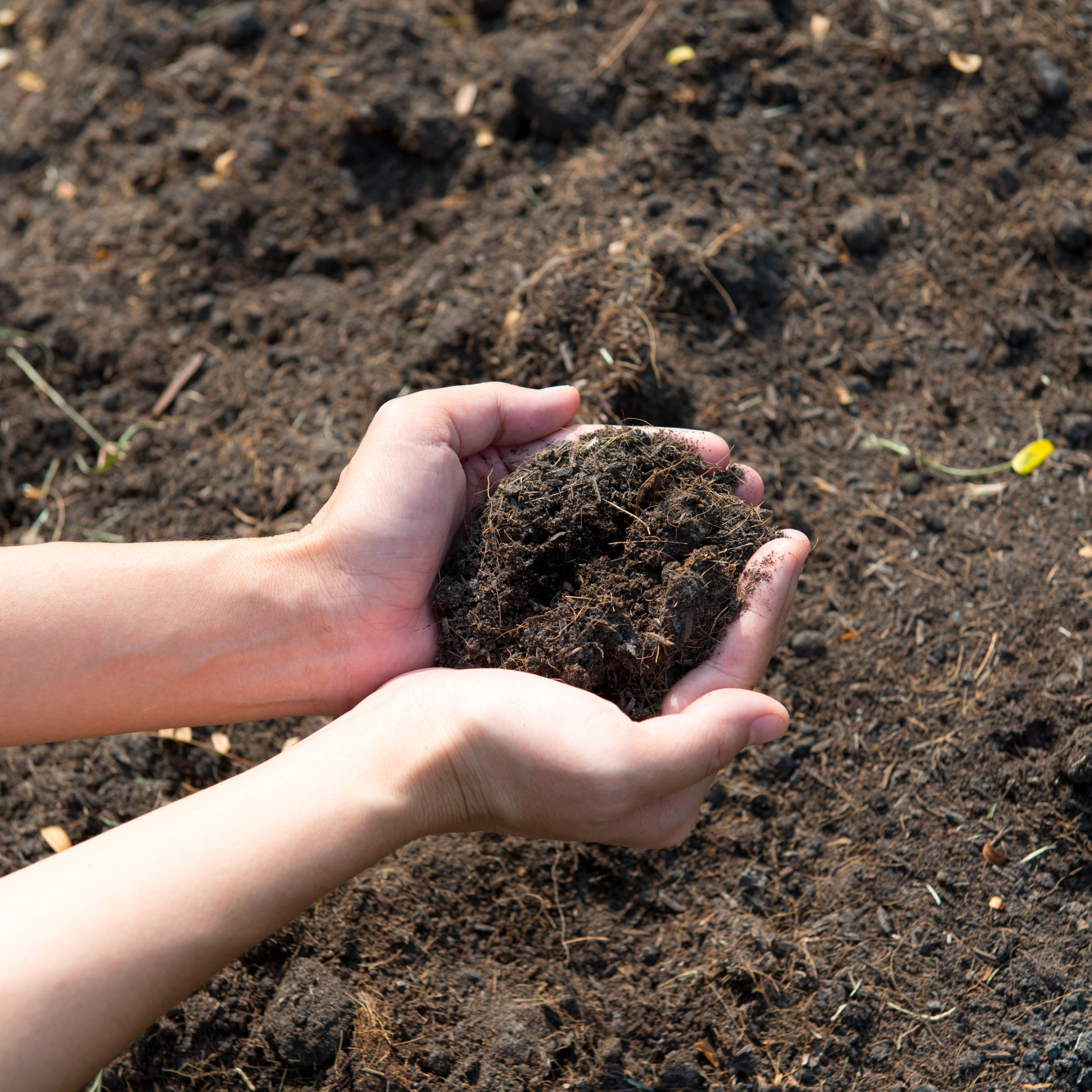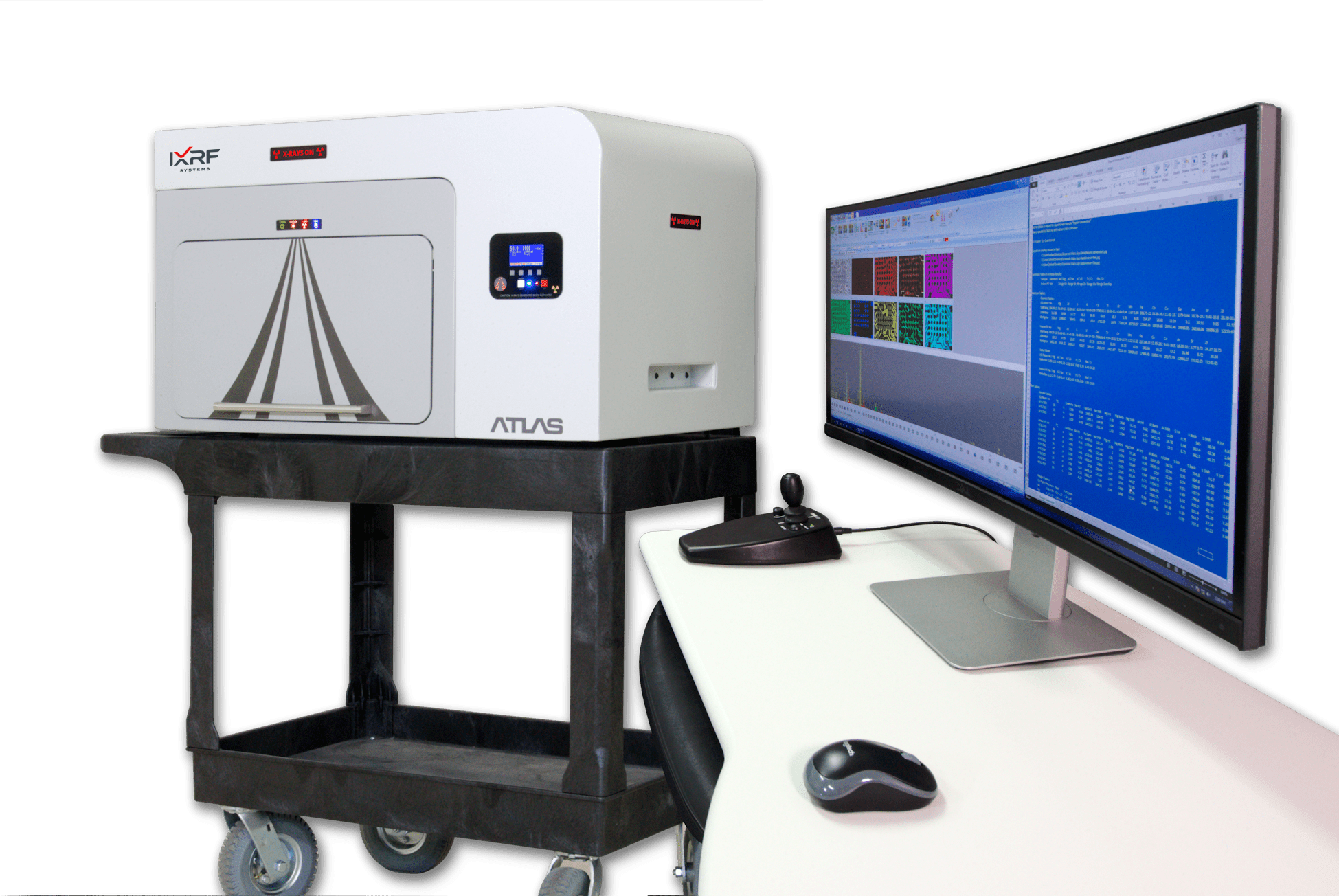Soil contamination occurs when the amount of elements or chemicals in the soil increase above normal limits as a result of human action. Soil can become contaminated through a huge variety of sources including:
- wastewater irrigation
- emissions from the rapidly expanding industrial areas
- coal combustion residues
- disposal of high metal wastes
- leaded gasoline and paints
- land application of fertilizers
- animal manures
- pesticides
- sewage sludge
- spillage of petrochemicals
- atmospheric deposition
Contaminated sites often have heavy metals, which are an ill-defined group of inorganic chemical hazards.
These heavy metals can include: lead, chromium, arsenic, zinc, cadmium, copper, mercury and nickel.
Soil contaminated by heavy metals poses huge risks and hazards to humans and the ecosystem through: drinking of contaminated ground water, direct ingestion or contact with contaminated soil, the food chain (soilplant- human or soil-plant-animal-human), reduction in food quality (safety and marketability) via phytotoxicity, reduction in land usability for agricultural production causing food insecurity, and land tenure problems.
The adequate protection and restoration of soil contaminated by heavy metals require their characterization and remediation. Hence it is imperative to have a method that is capable of detecting these elements at low levels to assure remediation has been successful.
SRM 2709s San Joaquin is the NIST baseline trace concentration reference material. This standard contains extremely low amounts of a variety of elements that are of concern in soil contamination. The spectrum highlights ATLAS’ capability to detect Ni at 85ppm and Zn at 103ppm.
Agriculture was the first major human influence on the soil, but with the intent to improve it. To grow properly plants need a variety of nutrients, some of which happen to be heavy metals. Some soils are deficient in the heavy metals (such as Co, Cu, Fe, Mn, Mo, Ni, and Zn) that are essential for healthy plant growth and crops may be supplied with these as an addition to the soil. Large quantities of fertilizers are regularly added to soils in intensive farming systems to provide certain nutrients for crop growth. The fertilizer compounds used to supply these nutrients can contain trace amounts of heavy metals as impurities, which, after continued application may significantly increase their content in the soil. Application of certain fertilizers inadvertently adds Cd and other potentially toxic elements to the soil, including Hg, and Pb.
XRF is an ideal method to test contaminated soils due to the ability to detect trace levels of a large variety of elements, including heavy metals. XRF is used to test ground soils from the site of a nuclear materials plant. ASTM C1255-11 Standard Test Method for Analysis of Uranium and Thorium in Soils by Energy Dispersive X-Ray Fluorescence Spectroscopy, is used to measure the extent of contamination in ground soils. XRF is the recommended method for soil quality testing by ISO (ISO 18227:2014) for the United States and the European Standards. ATLAS can be used to determine if the soil of a farm is safe to plant crops or if the soil near an industrial plant has been contaminated by a recent leak, or even if a clean-up effort was successful or not.
